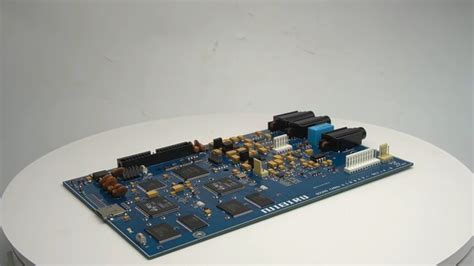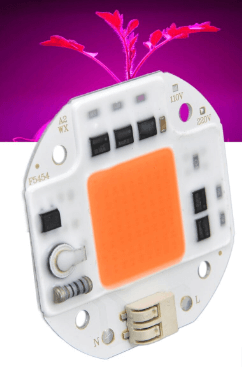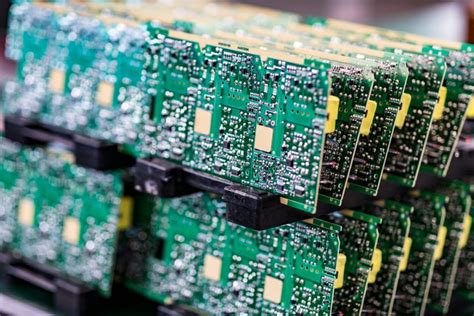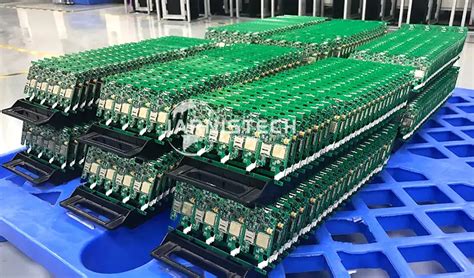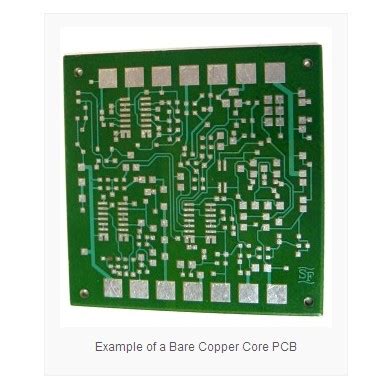Corrosion on Printed Circuit Boards (PCBs): Causes, Effects, and Mitigation Strategies
Introduction
Printed Circuit Boards (PCBs) are the backbone of modern electronics, serving as the platform for interconnecting electronic components. They are used in a wide range of applications, from consumer electronics to industrial machinery and aerospace systems. However, one of the most significant challenges faced by PCBs is corrosion. Corrosion can lead to the degradation of electrical performance, mechanical failure, and ultimately, the complete failure of the electronic device. This article explores the causes of corrosion on PCBs, its effects, and the strategies to mitigate it.
1. Understanding Corrosion on PCBs
Corrosion is the gradual destruction of materials by chemical or electrochemical reactions with their environment. In the context of PCBs, corrosion typically involves the oxidation of metal traces, pads, and vias, which are essential for electrical connectivity. The most common metals used in PCBs are copper, which is highly susceptible to corrosion, and other metals like gold, silver, and tin, which are used as protective coatings.
2. Causes of Corrosion on PCBs
Several factors contribute to the corrosion of PCBs, including environmental conditions, material properties, and manufacturing processes.
2.1 Environmental Factors
- Humidity and Moisture: High humidity levels can lead to the absorption of moisture by the PCB substrate, which can then react with the metal traces. Moisture is a key factor in electrochemical corrosion, as it facilitates the formation of an electrolyte that allows ionic movement and oxidation.
- Temperature: Elevated temperatures can accelerate the rate of chemical reactions, including corrosion. Thermal cycling, where the PCB is subjected to repeated heating and cooling, can exacerbate the problem by causing mechanical stress and cracking of protective coatings.
- Contaminants: Exposure to airborne contaminants such as sulfur dioxide, chlorine, and salt can lead to the formation of corrosive compounds. For example, sulfur dioxide can react with moisture to form sulfuric acid, which is highly corrosive to copper.
- Pollution: Industrial environments often contain high levels of pollutants that can accelerate corrosion. For instance, in coastal areas, salt spray from the ocean can deposit chloride ions on the PCB surface, leading to pitting corrosion.
2.2 Material Properties
- Copper Oxidation: Copper is the primary conductor material used in PCBs due to its excellent electrical conductivity. However, copper is prone to oxidation, especially in the presence of moisture and oxygen. The formation of copper oxide (CuO) and copper hydroxide (Cu(OH)2) can lead to the degradation of electrical connections.
- Flux Residues: During the soldering process, flux is used to remove oxides and improve solder wetting. However, if not properly cleaned, flux residues can absorb moisture and become acidic, leading to corrosion of the metal traces.
- Solder Mask Defects: The solder mask is a protective layer applied to the PCB to prevent solder bridges and protect the copper traces from environmental factors. Defects in the solder mask, such as pinholes or cracks, can expose the underlying copper to corrosive agents.
2.3 Manufacturing Processes
- Inadequate Cleaning: Incomplete removal of flux residues, oils, and other contaminants during the manufacturing process can leave behind corrosive agents that can attack the metal traces over time.
- Poor Plating Quality: The quality of the plating process, such as electroless nickel immersion gold (ENIG) or hot air solder leveling (HASL), can affect the corrosion resistance of the PCB. Poor plating can result in uneven coating, porosity, or incomplete coverage, leaving the underlying copper vulnerable to corrosion.
- Improper Storage: PCBs that are stored in humid or contaminated environments before assembly are more likely to experience corrosion. Proper storage conditions, including controlled humidity and temperature, are essential to prevent corrosion during storage.
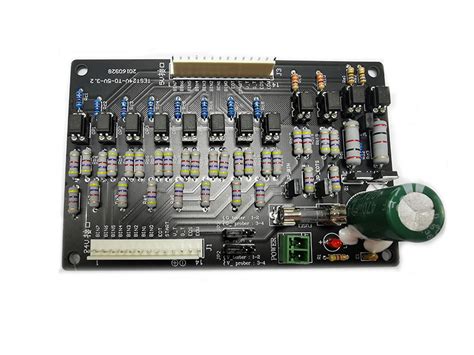
3. Effects of Corrosion on PCBs
Corrosion can have several detrimental effects on the performance and reliability of PCBs, including:
3.1 Electrical Failures
- Increased Resistance: Corrosion can lead to the formation of non-conductive oxides on the metal traces, increasing the electrical resistance. This can result in signal degradation, voltage drops, and ultimately, circuit failure.
- Short Circuits: In some cases, corrosion can lead to the formation of conductive paths between adjacent traces, causing short circuits. This is particularly problematic in high-density PCBs where traces are closely spaced.
- Intermittent Connections: Corrosion can cause intermittent connections, where the electrical contact is lost and regained due to the formation and breakdown of oxide layers. This can lead to unpredictable behavior and failure of the electronic device.
3.2 Mechanical Failures
- Weakening of Traces: Corrosion can weaken the metal traces, making them more susceptible to mechanical failure. This is especially critical in flexible PCBs, where the traces are subjected to bending and flexing.
- Delamination: Corrosion can lead to the delamination of the PCB layers, where the bond between the copper traces and the substrate is weakened. This can result in the separation of layers and the loss of electrical connectivity.
3.3 Aesthetic Degradation
- Discoloration: Corrosion can cause discoloration of the PCB surface, which may not affect functionality but can be a sign of underlying issues. Discoloration can also make it difficult to inspect the PCB for other defects.
- Surface Roughness: Corrosion can lead to the formation of pits and rough surfaces, which can affect the solderability of the PCB and the adhesion of conformal coatings.
4. Mitigation Strategies
To prevent or minimize corrosion on PCBs, several strategies can be employed, including material selection, design considerations, and protective measures.
4.1 Material Selection
- Corrosion-Resistant Coatings: Using corrosion-resistant coatings such as gold, silver, or tin can protect the copper traces from oxidation. Gold is particularly effective due to its excellent corrosion resistance and conductivity.
- High-Quality Substrates: Selecting high-quality PCB substrates with low moisture absorption rates can reduce the risk of corrosion. Materials such as FR-4 with low dielectric constant and low moisture absorption are commonly used.
- Conformal Coatings: Applying conformal coatings such as acrylic, silicone, or polyurethane can provide a protective barrier against moisture and contaminants. These coatings are applied after the PCB assembly and can be tailored to the specific environmental conditions.
4.2 Design Considerations
- Trace Width and Spacing: Designing wider traces and adequate spacing between traces can reduce the risk of short circuits caused by corrosion. This is particularly important in high-density PCBs.
- Via Protection: Protecting vias with solder mask or plugging them with conductive or non-conductive materials can prevent the ingress of moisture and contaminants.
- Environmental Testing: Conducting environmental testing, such as humidity testing, salt spray testing, and thermal cycling, can help identify potential corrosion issues before the PCB is deployed in the field.
4.3 Protective Measures
- Proper Cleaning: Ensuring thorough cleaning of the PCB after soldering to remove flux residues and other contaminants is essential to prevent corrosion. Cleaning methods such as ultrasonic cleaning or using specialized cleaning agents can be employed.
- Controlled Storage: Storing PCBs in controlled environments with low humidity and temperature can prevent corrosion during storage. Desiccants and humidity indicators can be used to monitor and control the storage conditions.
- Regular Inspection: Regular inspection of PCBs for signs of corrosion, such as discoloration or surface roughness, can help identify and address issues before they lead to failure. Automated optical inspection (AOI) and X-ray inspection can be used for this purpose.
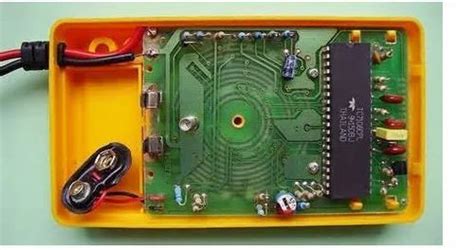
5. Conclusion
Corrosion on PCBs is a significant challenge that can lead to electrical and mechanical failures, reducing the reliability and lifespan of electronic devices. Understanding the causes of corrosion, including environmental factors, material properties, and manufacturing processes, is essential for developing effective mitigation strategies. By selecting corrosion-resistant materials, designing PCBs with corrosion prevention in mind, and implementing protective measures, the risk of corrosion can be significantly reduced. As electronic devices continue to evolve and operate in increasingly harsh environments, addressing the issue of corrosion will remain a critical aspect of PCB design and manufacturing.

